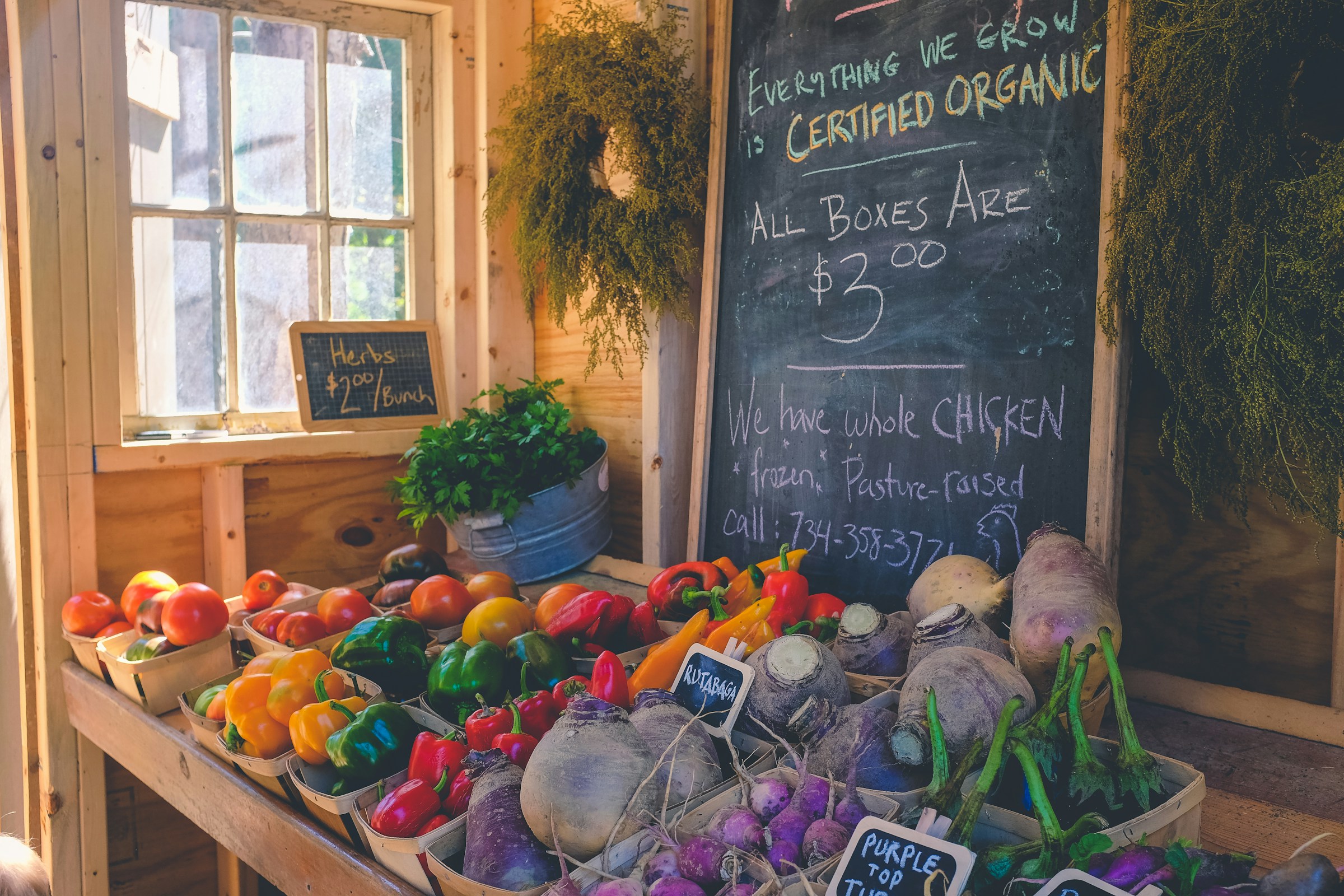
Believe that consuming local food is a key step in environmental conservation? Think again. While many assume that transportation is the primary source of emissions, the reality is that a significant portion originates from food production itself.
In June 2005, during a San Francisco event marking the inaugural World Environment Day in North America, four local women addressed the audience. Jen Maiser, Jessica Prentice, Sage Van Wing, and Dede Sampson proposed a local food challenge: committing to a month of exclusively consuming food sourced within a 100-mile (160km) radius of their homes.
While the idea of eating locally wasn’t novel – the farm-to-table movement had its roots in the 1960s and 70s as a countercultural response to processed foods, and Alice Waters had launched the pioneering farm-to-table restaurant, Chez Panisse, in Berkeley, California – these women breathed new life into the concept, coining themselves “locavores.” Michael Pollan, a local author, echoed this sentiment in his 2006 book, “The Omnivore’s Dilemma,” further championing the local food movement. By 2007, the Oxford American Dictionary recognised “locavore” as its word of the year.
Despite the belief that consuming local food benefits the environment, recent research suggests otherwise. Several studies have indicated that the environmental impact of transportation in food distribution is relatively minor compared to the emissions associated with food production methods. While eating locally can contribute to sustainable practices, it’s crucial to recognize that it’s just one aspect of a larger picture.
What evidence supports the idea of consuming locally sourced food?
In 1994, the Sustainable Agriculture Food and Environment Alliance, based in the UK (now known as Sustain), released “The Food Miles Report – the Dangers of Long-Distance Food Transport,” providing scientific support for the emerging local food movement. The report contended that the extensive transportation of food over long distances relied on inexpensive, non-renewable fossil fuels, enabling transnational corporations to leverage resources, labour, and land in developing nations for raw commodity production, which they then marked up significantly before selling in developed regions.
“As you can perceive in the title, food miles were initially considered (almost by definition) as a big threat and contributor to climate change,” Laura Enthoven, a PhD researcher in agricultural economics at the Université catholique de Louvain in Belgium, and author of a recent review of local food systems research, emphasised in an email that the greater the distance food had to travel, the higher the utilisation of fossil fuels and the emission of greenhouse gases.
Emissions are particularly elevated for food transported by aeroplane, with airborne food responsible for emitting up to 50 times more carbon dioxide compared to food transported by boat. Fortunately, only a small fraction of food is transported by air, typically perishable items that require immediate consumption after harvest, such as asparagus and berries. Many fruits and vegetables with longer shelf lives, like apples and broccoli, can be transported by boat, truck, or rail, resulting in significantly lower emissions from their food miles.
Is it the best method for lowering food emissions?
During the 2000s, scientists initiated comprehensive life cycle assessments of food supply chains, examining not only greenhouse gas emissions during transportation but also during various stages such as crop cultivation, fertilisation, livestock management, and waste disposal. Their findings revealed that transportation accounted for a relatively small portion of food’s overall carbon footprint.
In a 2018 study, a team of researchers from the UK and Switzerland determined that packaging, transportation, and retail contribute only 1% to 9% of food emissions. The majority, around 61%, of greenhouse gas emissions occur during production while the food is still on the farm. This conclusion aligns with research conducted in the US and Europe during the early 2000s.
“What we eat and how it is produced makes more impact on our food carbon footprint than purely where it comes from in terms of distance,” said Enthoven.
The primary source of emissions varies across different types of food. For many crops, it stems from the use of fertilisers and pesticides necessary for large-scale production on industrial farms. In the case of beef, for instance, transportation contributes less than 1% of emissions, with the majority arising from cattle feed and their methane-rich burps.
Scientists are still grappling with defining “food miles”: some focus solely on the emissions from transporting food, while others consider the entire life cycle of food production in one region before it’s transported elsewhere. As recently as last year, a study published in Nature Food revealed that food miles play a much more significant role in the food system’s emissions than previously believed, by factoring in emissions from transporting fertilisers, machinery, and animal feed required for food production.
DISCLAIMER: This article is for informational purposes only. QUICKLE has no relationships with any company or individual mentioned.
